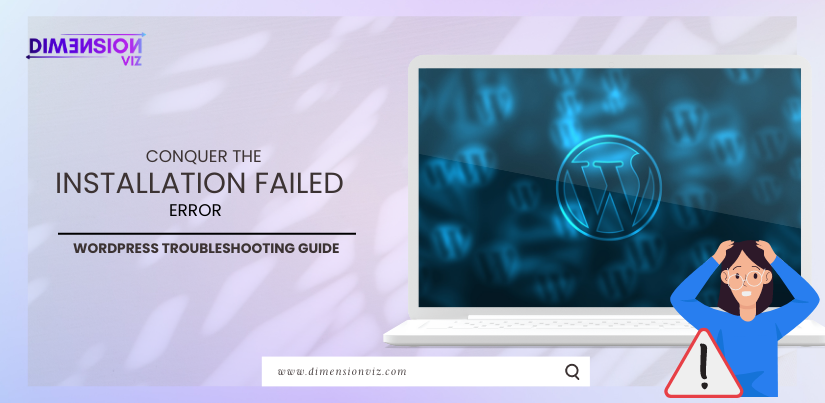Special Content And Useful Content | The Perfect Balance
Creating content nowadays is a complete head-banking activity. And who better than companies in the media & advertising industry would know this? The mere creation of content can be boring at times with a lot of repeated re-works without any conclusion. Therefore, it’s important to strike a balance between a daily content creation regime and showcasing creativity at times with your heart out.
Most people who have found great fulfillment in their careers as content practitioners are the ones who are liberated to create valuable content that both delights and informs an audience.
They enjoy stretching their imagination and creating something unique out of it. Thereby, proving to be special in the content space.
However, somewhere there in the content space, some of the most valuable documents are being created with at-most diligence and attention to detail, these are contents that are constructed in a particular way not created, thus being a little boring at times.
Creation VS Construction of Content
Content creation is where the world is, and where creativity is flourishing. Whereas the construction of content is where the headbanking prevails and we all tend to pass it on the sort of.
It’s common to believe that “constructed content” refers to the dull stuff like navigation, tech-spec sheets, documentation, contracts, and compliance documents, while “created content” refers to the fun stuff like storytelling, scripts, or even viral videos.
While some people enjoy writing the SEO-focused article for a product or the tenth compliance document for a service, the intrinsic value of the creation process is quite low. Few people adore the essence of that compliance article before it is built. The value of that document is solely determined by its usefulness after it has been created.
Constructive Content: Ingredients
Clear, complete, concise, and consistent.
The content of documents must be direct and related to the document’s objective. It must completely describe their topic and leave no questions unanswered. It must be concise in its explanation – complete but using as few words as possible.
“Stand-alone” documents are written for the reader.
Documents must be written with the future reader in mind, with no additional explanation. Writers and associated management will have likely changed jobs and will not be available to provide explanations for documents during the document’s extended lifespan.
Short sentences and simple words.
Documents must be written correctly, adhering to the standard language, grammar, and punctuation rules. Sentences should be brief and straightforward. When possible, simple words should be used. Complex words will not impress the reader if the content is not understandable.
Creative Content: Ingredients
Relatable Narrative
The story that you are trying to build should be relatable to common people.
If the story is about common people, they would instantly get glued to it.
Easy to follow the structure
The overall point of being common and relatable will be successful if the content is structured in a very simple and crisp manner and people should be able to follow your story effectively.
Projected to your audience
Content has to be in line with what your audience is seeking and how they desire the same to be presented to them, like social media, video, or any other way or platform.
Visual Essence
The most important part of creating content is to be able to showcase everything with very few but impactful images. Thereby having an essence of visual connection with the content.
Conclusion
Segregating the content team into two, one for constructive content and the other for creation will save a lot of time, money, and effort, moreover boost productivity, and keep the boring environment away from the overall content space.
This is how at ‘Dimension VIZ’ we can curate high-quality special and useful content with unparalleled perfection. To know more please visit our contact us at www.dimensionviz.com.







